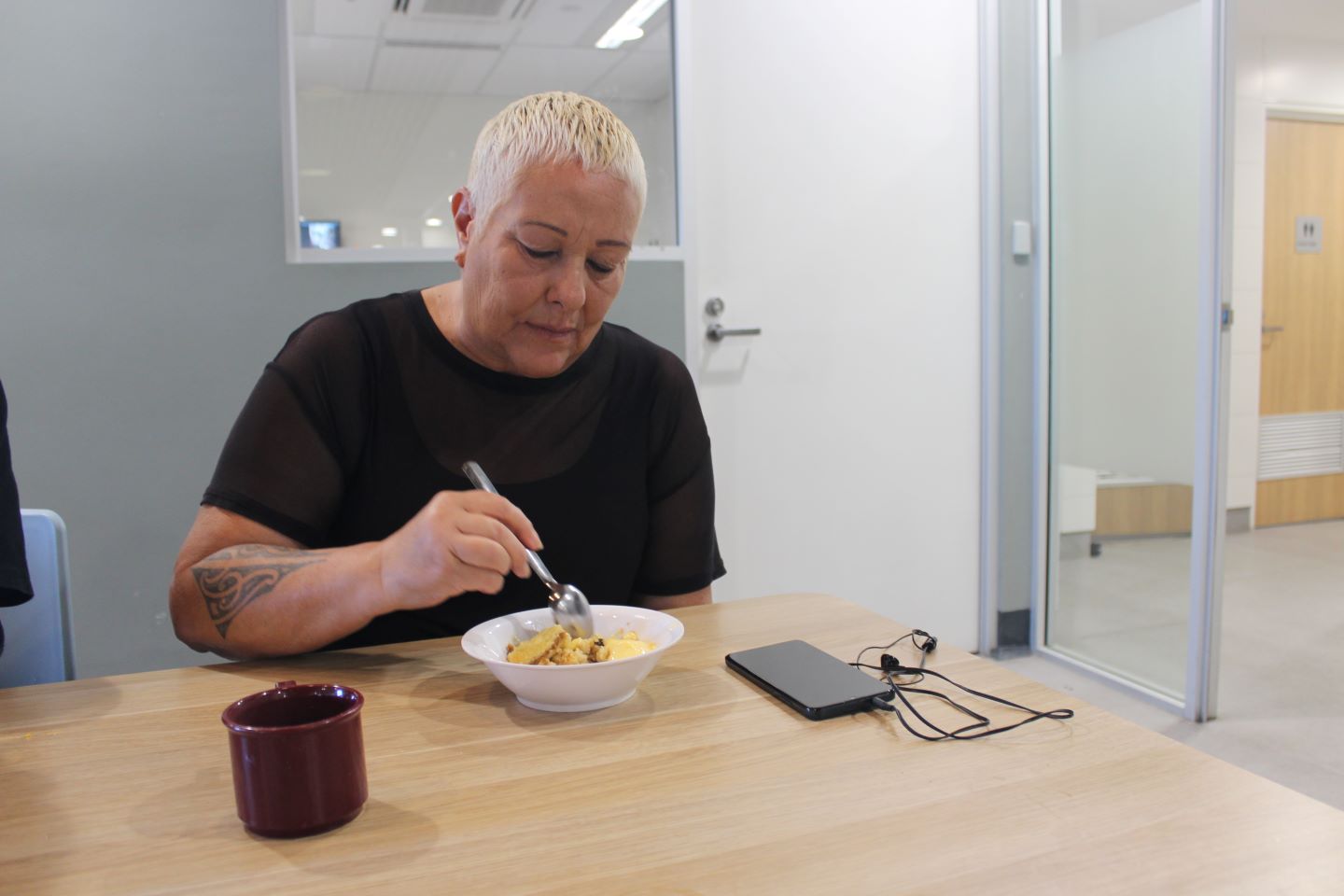A complexity of economic and social factors intertwine and contribute to a person experiencing homelessness.

There is no typical profile of a person experiencing homelessness, with a complexity of factors that intertwine and contribute to homelessness.
Job loss, family or spousal breakups, trauma, illness, family violence, mental health and addictions are some of the circumstances that bring people to homelessness.
Cost of living pressures, such as being unable to afford rental or mortgage payments on top of food and utility bills are factors added to the already long list of reasons that can contribute to a person becoming homeless.
The highest rates of homelessness, captured in 2021 by the Australian Bureau of Statistics, were for those aged 19 to 24 years (91 people per 10,000) and 25 to 34 years (70 people per 10,000).
The 2021 ABS Census captured around 9700 people in WA experiencing homelessness, of which almost a quarter are sleeping rough.
A growing cohort of concern when it comes to experiencing or at risk of homelessness is older women, who often have less savings in retirement after typically spending many years in family caring roles and working in paid jobs part-time.
Rates of domestic and family violence and economic inequality, such as lower superannuation balances on average and inadequate income support payments, put older women at an increased likelihood of homelessness.
“We are seeing this cohort increasingly couch surfing or sleeping out of their cars. They simply cannot afford both rent and food at the same time,” Uniting WA co-CEO Michael Chester said.
Homelessness is a result of complex and intersecting economic and social factors and can happen to anyone of all ages and for many reasons.
More people are either experiencing homelessness or are on the brink of it with the pressure of the overheated rental market, rising rents, higher interest rates, and mortgage repayment pressure.
“People experiencing homelessness have hopes and dreams like everyone else. It’s hard to believe but homelessness can happen to anyone. Homelessness doesn’t discriminate,” Mr Chester said.
“It might be a series of small events that slowly leads a person to homelessness. It may be an immediate response to family violence, or neglect in the family home.
“It could equally be one single stroke of fate – a lost job, family problems, a car accident or ill health – which combined with loss of income and high living costs leads to homelessness,” he said.
“The common theme is that no one ever thinks it will happen to them. But it happens. We’re seeing that in the new faces presenting for support at our Tranby hub every day, with roughly one third of people seeking support identifying as newly homeless.”
One option for people experiencing homelessness is stable transitional accommodation with supports that help them address the issues which contributed to their homelessness.
“Wrap around support services empowers people and allows them to sustain secure and long-term housing,” Uniting WA co-CEO Jen Park said.
“At Uniting, people can stay in supported transitional accommodation for up to 12 months at a time, enabling them to build the skills and confidence they need to independently source and maintain safe, secure housing in the future.”
A society-wide issue
The answer to ending homelessness goes beyond community service agencies or social housing.
“It’s a whole-of-society issue that requires a whole-of-society response. It makes both social and economic sense because the fact is: it costs us more, on average, to leave someone homeless than it does to house and support them,” Ms Park said.
“Secure, long-term housing is the very most basic essential needed for people to live and thrive in their communities. Housing is a fundamental human need.”
St Bart’s CEO Sam Drury said its facilities are at full capacity with significant wait pools.
She said one solution is more social housing specifically built to meet the growing demand as population grows and density expands.
With the cost of rentals increasing, moving people from short-term housing to longer-term accommodation is harder than before.
“We can’t move people through the system quickly which means our beds are not freeing up to allow those that are rough sleeping to find a place and there is insufficient housing stock. The impact of the lack of housing and lack of stock is significant,” Ms Drury said.
All Paths Lead to Home: Western Australia’s 10-Year Strategy on Homelessness 2020–2030 aims to improve outcomes for vulnerable Western Australians experiencing, or at risk of, homelessness.
“The longer-term strategy of the government and alliances is removing the rough sleepers off the streets and thinking about ways to get them housed as quickly as possible,” Ms Drury said.
“The next phase or running alongside that phase is prevention. How do we stop someone going into housing stress because they are unable to pay for their rent?
“Just because someone can’t afford the same dollars doesn’t mean they don’t have a right and should have a right, and it is a universal right, to have a safe a secure place to call home.”















